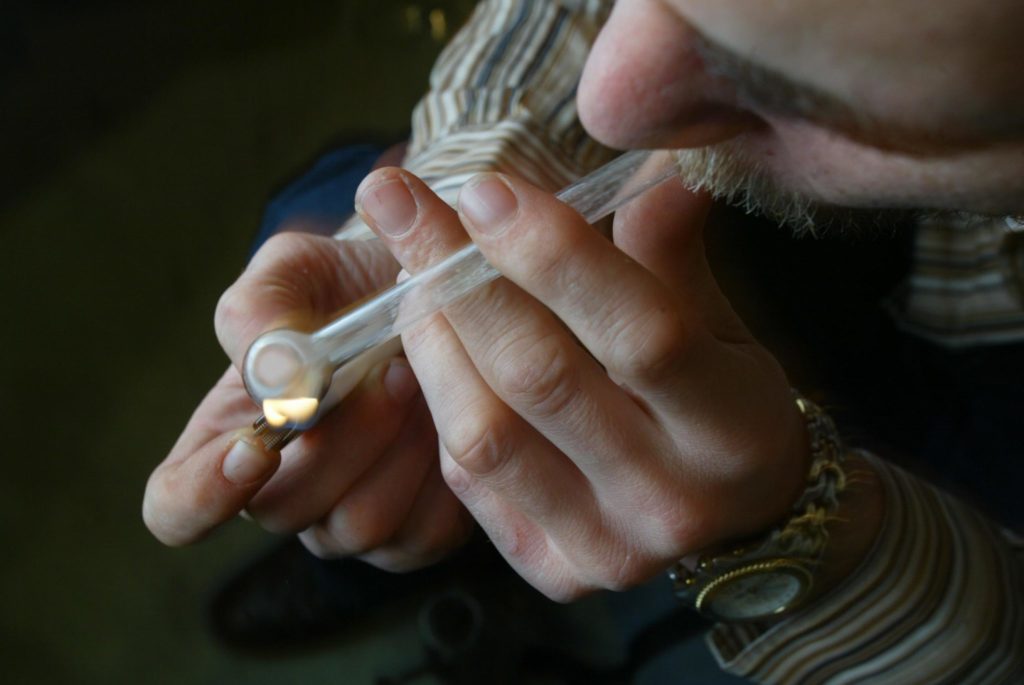
06 May ‘Meth’ Masterton’s drug – Times Age
PHOTO/GETTY IMAGES
Cannabis, however, not on scientists’ testing list
ELI HILL
eli.hill@age.co.nz
Government scientists testing Masterton’s wastewater have found methamphetamine to be Masterton’s most popular drug – by a long shot.
In 2016 scientists began testing for meth, MDMA, fentanyl and heroin in Whangarei, Auckland’s North Shore and Christchurch – rolling out the testing in November to include 38 additional sites, including Masterton.
Information made public by New Zealand Police and the Institute of Environmental Science and Research showed that methamphetamine made up 94 per cent of the overall drug use detected in Masterton.
Some drugs – notably cannabis – are not on the testing list.
Only two areas had a higher proportion of methamphetamine in their samples – Whangarei and Levin came in at 95 per cent, while Whanganui and Hastings also had meth in 94 per cent of samples.
For Masterton, MDMA/Ecstasy ranked second, at four per cent of overall drug use, with two per cent attributed to cocaine.
No fentanyl and heroin were detected in Masterton’s waste water throughout the three-month study.
Police media said the scientific testing procedure for cannabis is yet to be finalised – “ESR are actively working to develop that capability and it will be adopted once ready”.
Testing occurred during one week per month and was described by scientists as “one large urine test.”
Wairarapa Area Commander Scott Miller said, “Methamphetamine has been common for the past 10 years or so. As the stats show it’s common right around the country and its quite high in Masterton.”
Miller thought it was particularly interesting that scientists have been testing for fentanyl.
“Fentanyl is a very dangerous drug, it’s legal but in very small doses and it’s responsible for a high number of deaths particularly in the US It’s very easy to overdose on.
“It even absorbs through the skin. If police are executing a search warrant on a property and we suspect there’s fentanyl inside we get out of there. We don’t even want to risk breathing it.”
While no fentanyl was found in Wairarapa, Miller thought it was getting closer to arriving.
Miller was also interested in what the results will look like when testing for cannabis is introduced – and anticipated that the results for cannabis would be high.
Miller said that overall the testing was still in its early stages and it would be up to a year before police got a full understanding.
“This information is for more than just police, it’ll help government agencies around rehab, and help Wairarapa Hospital around preparing for overdoses.”
Nationwide police analysis showed New Zealanders spend nearly $1.4 million on methamphetamine every single day. An average of 16kg of methamphetamine has been consumed each week in November, December and January according to the preliminary results.
This costs the country an estimated $20 million each week in social harm, or $1 billion a year, Police commissioner Mike Bush said.
“As testing continues, it will enhance our understanding of the demand and supply of illicit drugs and the associated harm caused in our communities,” Bush said.
“The long-term results will help police and other agencies make informed decisions around drug treatment services, and initiatives to combat organised crime groups dealing in methamphetamine and other drugs.
“Three months of results, however, are only an early indicator of illicit drug use levels in New Zealand and cannot yet be used to draw any firm conclusions.”
Methamphetamine was found in all communities tested and found on every single day of testing.
[ad_2]
Source link



No Comments